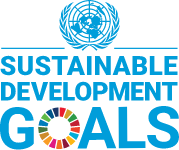KEY TOPICS
POPULAR SEARCHES
Digital Payments Resources
Find Resources
Resources on this page are categorized based on the following types:
- News
- Ideas & Updates, coverage of the Alliance in the press, and videos
- Alliance reports
- Research products, case studies, and reports produced by the Alliance
- Global resources
- Reports and case studies for members and partners of the Alliance
State of the Industry Report on Mobile Money 2023
In many countries, growth in mobile money activity is now outpacing new registrations – a sign that the industry is maturing beyond a handful of markets.
People are on the move: Can the world of CVA keep up? Analysis of the use of CVA in the context of human mobility in the Americas
A new vision for the implementation of cash and voucher assistance (CVA) in contexts of human mobility.
Building Digital Finance Solutions for Women E-Commerce Entrepreneurs: A Demand-Side Exploration in Indonesia
Recommendations for better implementation of digital and financial programs, products, and services for women.
Mobile Money and the importance of timely, complete payments to frontline health campaign workers in the fight to eradicate polio: pilot experience from a WHO digital payment platform in Africa
Jordan: Retail Central Bank Digital Currency Exploration
The International Monetary Fund (IMF) analyzed the retail payments markets of Jordan to identify pain points that retail Central Bank Digital Currency (rCBDC) could address.
Promoting responsible digital wage payments
This ILO brief gives an overview of the different considerations to maximize the potential of digital wage payments.
Fintech Payments in Public Financial Management: Benefits and Risks
A review of the main fintech payment models and a debate on the operational and financial risks as well as challenges they face.
Placing Gender Equality at the Center of Climate Action
This policy note investigates how gender equality and climate change intersect and offers recommendations for development practitioners, policymakers, and businesses.
Analysing faster payment systems (FPS)
This report looks at various faster payment systems (FPS) in the world and analyze the speeds at which payments are processed and settled.
Digital payments make gains but cash remains
While the digitalization of payments is a global trend, payment habits still differ across countries. Interoperability of payment systems within and between countries is key to ensuring that payments can be made seamlessly.
CBDC: Expanding Financial Inclusion or Deepening the Divide?
A resource on how to design a digital currency that expands financial inclusion and operates in the public interest rather than one that exacerbates or even creates a new digital divide for currency.
Finanzas Plateadas: Zona de no exclusión financiera
This publication disseminates initiatives in the financial sector to adapt to aging to encourage other financial entities to develop solutions that make it possible to overcome the “financial non-exclusion” of the elderly.
The Global Covid-19 Fintech Market Impact and Industry Resilience Study
Insights into the pandemic’s impact on the fintech industry: market performance, financial and operational indicators, financial inclusion, and government support.
Financial Products And Services For Women's Financial Inclusion: A Policy And Regulation Design Toolkit
A toolkit for policymakers and regulators to formulate, design, and implement gender-transformative policies for financial products and services.




